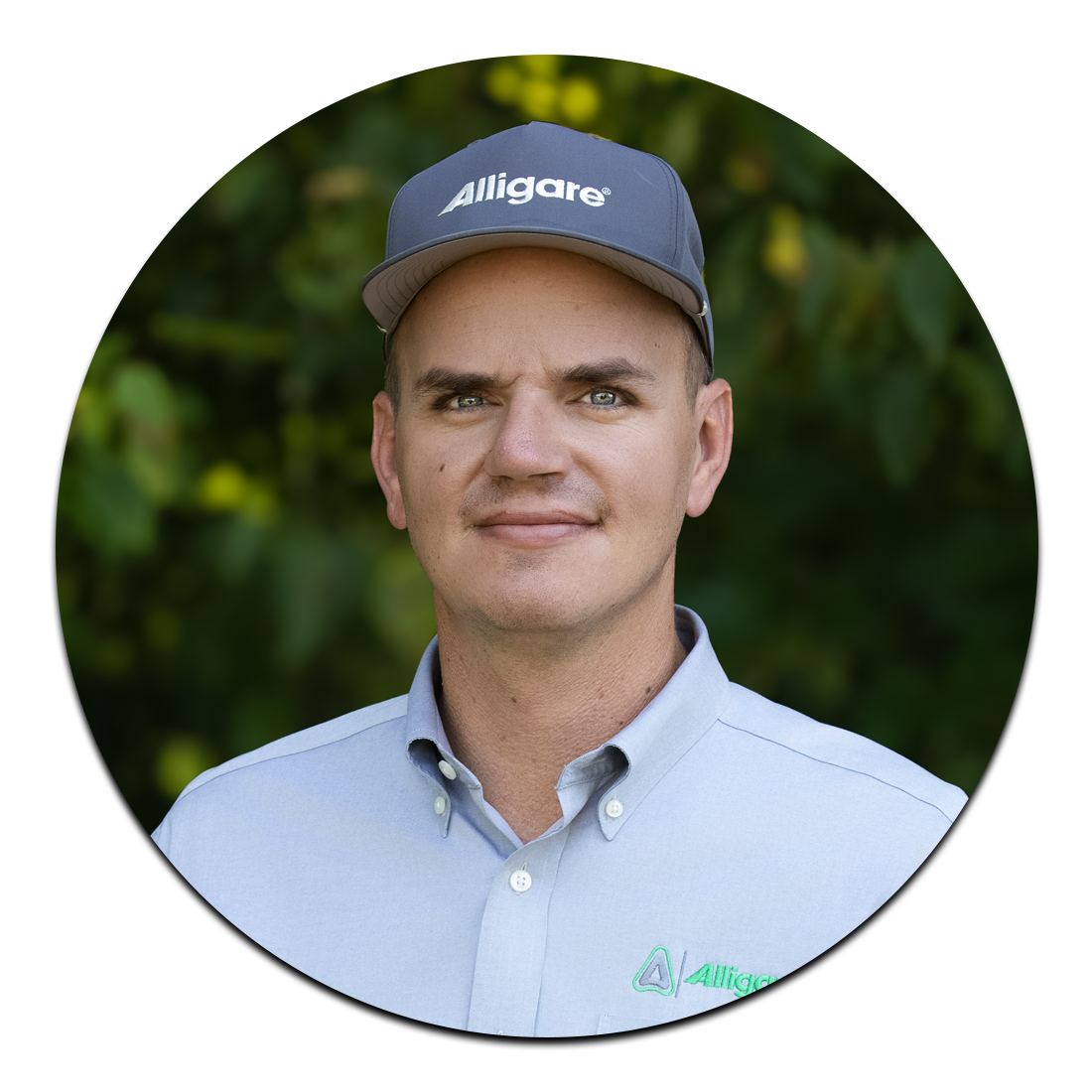Sagebrush (Artemisia spp.) dominates millions of acres of rangeland across the western United States, thriving in arid and semi-arid conditions where many other species struggle. Its drought tolerance and ability to access deep soil moisture make it a keystone plant in these ecosystems. Sagebrush should never be viewed as a weed to be eradicated. In fact, its presence often signals a functioning, resilient rangeland system.
This native shrub provides important ecological services:
- Soil Resource Cycling – By drawing water and nutrients from deep profiles, sagebrush helps redistribute those resources for neighboring vegetation.
- Forage Value – While not a primary forage source, it provides seasonal grazing value for cattle and domestic sheep.
- Wildlife Habitat – Sagebrush ecosystems are critical for mule deer, pronghorn, and especially the greater sage-grouse, which relies on sagebrush for food, nesting, and cover.
The Challenge of Over-Dominance
Despite its benefits, excessive sagebrush density can lead to ecological imbalance. High canopy cover reduces the vigor and abundance of perennial grasses and forbs, which are essential for soil stability, biodiversity, and forage production. For greater sage-grouse, habitat quality is linked to canopy cover, with research indicating that 15–25 percent sagebrush canopy provides the optimal balance of cover and understory diversity. When canopy exceeds this threshold, both livestock forage production and sage-grouse nesting success decline. This connection makes canopy management a key strategy not only for land productivity but also for preventing further sage-grouse population losses.
Control Options for Sagebrush Management
Mechanical Treatments
Methods such as mowing, chaining, and plowing can reduce aboveground sagebrush biomass. While effective in the short term, these techniques disturb the soil, often creating niches for invasive annual grasses and undesirable broadleaf forbs. In some cases, mechanical disturbance may even stimulate sagebrush resprouting, leading to higher densities over time.
Fire
Both prescribed burning and wildfire can reduce sagebrush canopy. However, fire is non-selective and carries significant risks, including infrastructure loss, temporary forage depletion, and long-term dominance of invasive annuals such as cheatgrass (Bromus tectorum). Additionally, fire often leaves bare ground exposed, which can accelerate erosion and invasive species establishment.
Chemical Herbicide Treatments
Chemical tools offer more selective and longer-lasting results:
- 2,4-D - Widely used since the 1940s, 2,4-D provides effective control of sagebrush but also removes beneficial broadleaf forbs, reducing habitat for wildlife.
- TEB 20 (Tebuthiuron 20%) - Alligare’s granular formulation of tebuthiuron has become a preferred option for thinning sagebrush. Applied aerially at approximately 2.5 lbs./acre for thinning (helicopter, airplane, or drone), TEB 20 provides long-term canopy management without drift or volatility concerns. Because the product is granular, applicators can target specific land areas, leaving adjacent sagebrush stands intact to maintain critical natural habitat. This precision is especially valuable for balancing canopy reduction with the nesting and brood-rearing needs of sage-grouse.
What to Expect with TEB 20
Tebuthiuron is a photosystem II inhibitor absorbed through the roots after sufficient rainfall dissolves the granules. Because of this mode of action, effects are not immediate; it may take up to three years for visible canopy reduction. However, the trade-off is long-term control, with studies by University of Wyoming documenting treatment benefits persisting 12+ years post-application.
Following treatment, land managers typically observe:
- A gradual decline in sagebrush density
- Increased grass production and ground cover
- Enhanced plant community diversity, particularly at 10 years post-treatment
- Improved sage-grouse and livestock habitat quality
By maintaining sagebrush canopy within the 15-25 percent range, TEB 20 treatments not only boost forage production but also directly support sage-grouse survival. In this way, targeted sagebrush thinning helps prevent further sage-grouse population decline, while simultaneously strengthening rangeland resilience.
Factors to Consider in Planning
- Soil Texture - In clay-rich soils (>30%), slightly higher rates (up to 3.5 lbs./acre) may be needed for effective control. Sandy or loamy soils often require only 2 lbs./acre.
- Application Method - Because TEB 20 is granular, it eliminates concerns about spray drift or volatility, making aerial application more predictable and safer. Its precision application allows managers to leave untreated patches as needed to protect wildlife corridors and habitat diversity.
- Management Goals - For managers prioritizing maximum biodiversity, studies (University of Wyoming) suggest 15 percent sagebrush canopy supports the greatest mix of grasses and forbs.
From Overgrowth to Opportunity
Thinning sagebrush with TEB 20 is not about eliminating a native plant; it’s about restoring balance on rangelands. By reducing canopy cover to targeted levels, managers can enhance perennial grass and forb production, improve wildlife habitats, and create more resilient landscapes. When integrated thoughtfully into a management plan, Alligare's Teb20 provides a powerful, long-lasting, and selective tool for sustaining both the ecological and economic values of western rangelands, while also playing a role in the long-term conservation of the greater sage-grouse.


